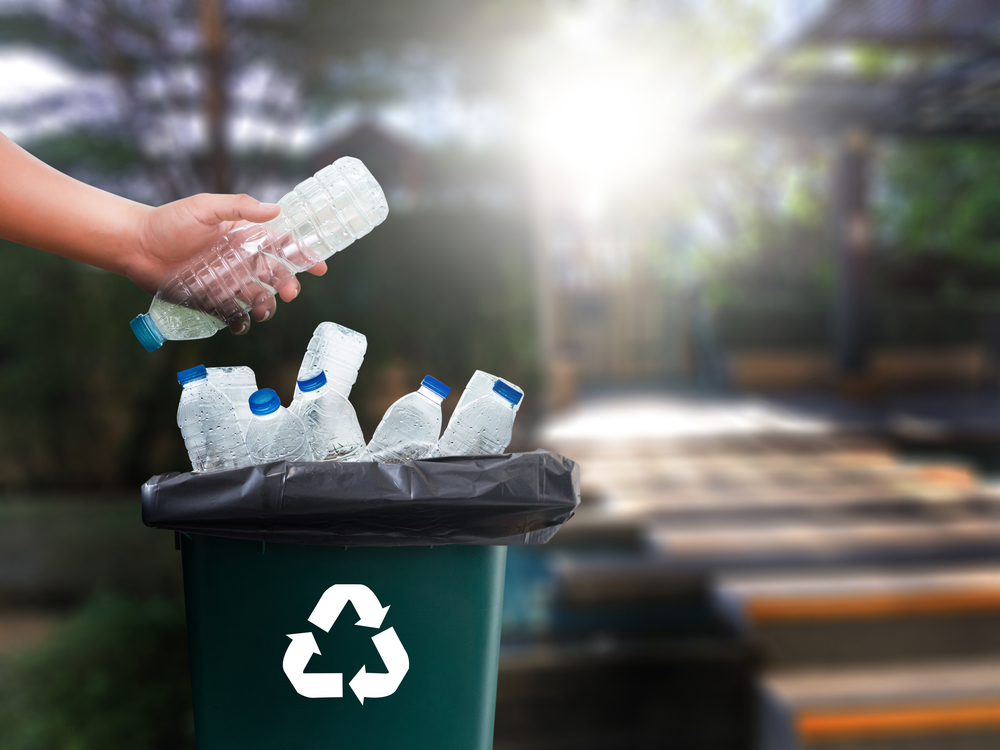How Does Recycling Save Energy?
Recycling is the process of converting waste materials into new products instead of throwing them away. Most people know that recycling is good for the environment, but few understand exactly why recycling is so important. The answer is simple: recycling conserves energy. But how does recycling save energy? Here’s what you need to know:
Does Recycling Really Save Energy?
It takes a lot of energy to convert raw materials such as wood and ore into usable materials such as paper, metal, and plastic. Recycling saves energy by lowering the demand for the production of new usable materials. Since the same materials are being reused over and over again, fewer raw materials will need to be extracted from the Earth and converted to new usable materials.
This does not mean that recycling does not require energy. If an item is sent to a recycling plant, it must be processed in order to convert it into a usable item. Energy is required for this conversion. But converting an item into a usable material requires far less energy than creating a usable material from scratch.
How Much Energy Does Recycling Save?
The amount of energy that recycling saves will vary depending on a number of factors, including the material that is recycled.
For example, one of the most common recyclable materials is aluminum. Recycling an aluminum can saves 95% of the energy that would be required to make an aluminum can from scratch. In other words, converting a used aluminum can into a usable can again only requires 5% of the energy that is needed to create a new aluminum can using raw materials.
Recycling other types of metals can lead to significant energy savings as well. Energy savings for cadmium are 50%, whereas for iron and steel they are around 72%.
Paper is another common recyclable material that can help you save energy. Recycling paper only uses 60% of the energy that is needed to create new paper from raw materials.
Some materials will lead to smaller energy savings than others. For instance, recycled glass must be melted in order to be converted into a usable material. Because it takes so much energy to melt glass, the energy savings from recycling this material is only 10-15%. However, every little bit counts when it comes to saving energy, so don’t let this stop you from recycling glass.

What Are the Other Benefits of Recycling?
Energy conservation isn’t the only benefit of recycling. There are many other benefits to recycling, including:
- Reduces the amount of waste that is sent to landfills and incinerators.
- Saves raw materials and natural resources.
- Reduces the amount of harmful carbon emissions that are released into the environment when producing new materials.
- Creates new jobs in the recycling and manufacturing industries.
These are some of the many ways that recycling can benefit your community and the rest of the world.
How Can You Start Recycling?
Recycling requires little to no effort, but it can lead to significant energy savings. If you want to start recycling, follow these tips:
- Set up a recycling bin in your kitchen and encourage everyone in your family to start recycling.
- There’s no need to wash items before placing them in the recycling bin. However, it is important to empty or scrape out the remaining food or liquid in recyclables.
- Do not put plastic bags in your recycling bin. Plastic bags cannot be processed at most recycling plants, and may even jam the equipment that is needed to process other materials.
- Do not recycle any item that is smaller than a credit card. These items are most likely too small to be processed at your local recycling center.
- Purchase products that are made out of recycled materials.
- Like materials must be placed together in order for recycling to work. But some products are designed with two different materials that cannot be separated. For example, a plastic-coated paper coffee cup is designed with both plastic and paper. Because these materials cannot be separated, this item cannot be recycled.
- Follow the golden rule: when in doubt, throw it out. If you aren’t sure if a material is recyclable, it’s best to throw it in the trash instead of the recycling bin. If you put an unrecyclable material in a recycling bin, it could contaminate the other items, which means the contents of the whole bin could end up in a landfill.
As you can see, it’s not hard to recycle. In fact, recycling is one of the easiest things you can do to improve your community and protect the environment. Start recycling today so you can reduce your carbon footprint and contribute to a greener, healthier world!


